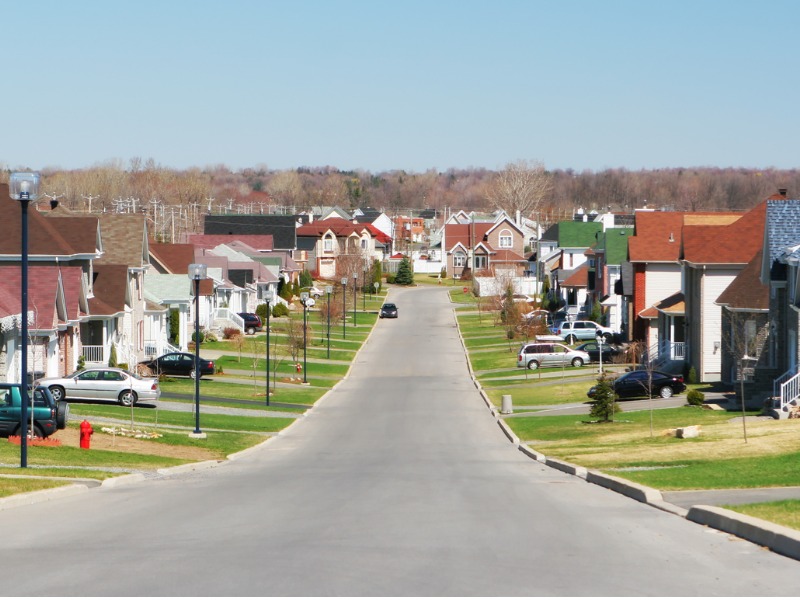Better public education needed around territorial auto rates: industry

Insurers and governments need to work closer together to better educate consumers on why auto insurers use territorial ratings, claims experts say.
In addition, governments need to invest in better supports and infrastructure so vulnerable communities aren’t disproportionately impacted by territorial ratings, panellists said during a discussion at the Ontario Insurance Adjusters Association 2024 Claims Conference.
The use of territorial ratings for auto insurance — particularly if postal codes are used to determine risk — have long been debated by consumers and government, and defended by insurers. For example, the use of territorial rating was raised during the most recent Ontario election campaign and critiqued by Ontario Premier Doug Ford.
Educating consumers
The topic of public education arose during an OIAA session on Adjusting for Cultural and Lifestyle Needs of Underserved Communities. Panellists suggested better education on how insurers price risk might reduce the blow of territorial rating for insureds.
“[The government] should really inject money into education,” says Khadisha Thornhill, Canadian Association of Black Insurance Professionals (CABIP) ambassador and casualty specialist at TD Insurance. “We could put some money into informing the public, especially in the more affected communities. Lay out to them the effect of crime on the rates, on the loss ratios and their premiums. Connect the dots for them.”
With that, the industry and government will need to cooperate to educate the public, and develop better insurance solutions around territorial rating, says Christopher Aloussis, co-chair of Link Canada: 2SLGBTQ+ Insurance Network.
“There needs to be [cooperation] where the insurance companies are going to be providing the data…then the government has to work to come up with a greater community-driven response, whether it be better infrastructure, whether it be greater training,” says Aloussis, who’s also a client solutions manager of programs and professional liability at Gallagher.
Darcie Daines, senior vice president of claims at HUB International, adds: “We are as big an advocate as the government can be in helping to enact change.”
For example, insurance companies have the means to provide the government with data on where the highest volume of accidents, thefts or claims are occurring. That can be used to refine territories.
For example, Ontario’s Financial Services Regulatory Authority (FSRA) recently introduced a new innovation ‘sandbox’ method, which allows insurers to experiment with rating territories using different methods, without fear of causing unintended harm to consumers.
Though territories have long been drawn via postal code, newly defined territory lines could mean insureds’ risk factors become further refined, and perhaps better priced.
Better supports for communities
Are some territories disproportionately affected by postal code approaches to pricing auto insurance?
When territories dictate auto insurance rates, factors such as crime rates or accident volume often differ based on where you live. (Take, for example, 2023’s record high auto theft, which increased nationwide, but most drastically in Ontario and Quebec.)
But when it comes to crime, not all circumstances are created equally, panellists observed. For example, social and infrastructural inequities may exacerbate crime rates in a community.
Government can step in by “providing the support mechanisms so that we can have communities where there isn’t…a lack of services [when] compared to others,” says Dave Dhillon, cybersecurity and insurance lawyer at Clyde and Co.
“Sure, you can say that one community has…more crime than another. But when you start peeling back why — what crime means, who dictates what crime is, who records crime, and who gets recorded, and stopped, and carded, etc. — you start to realize that crime is actually a pretty subjective thing,” says Dhillon, who’s also co-chair of Link Canada.
Feature image by iStock.com/buzbuzzer







